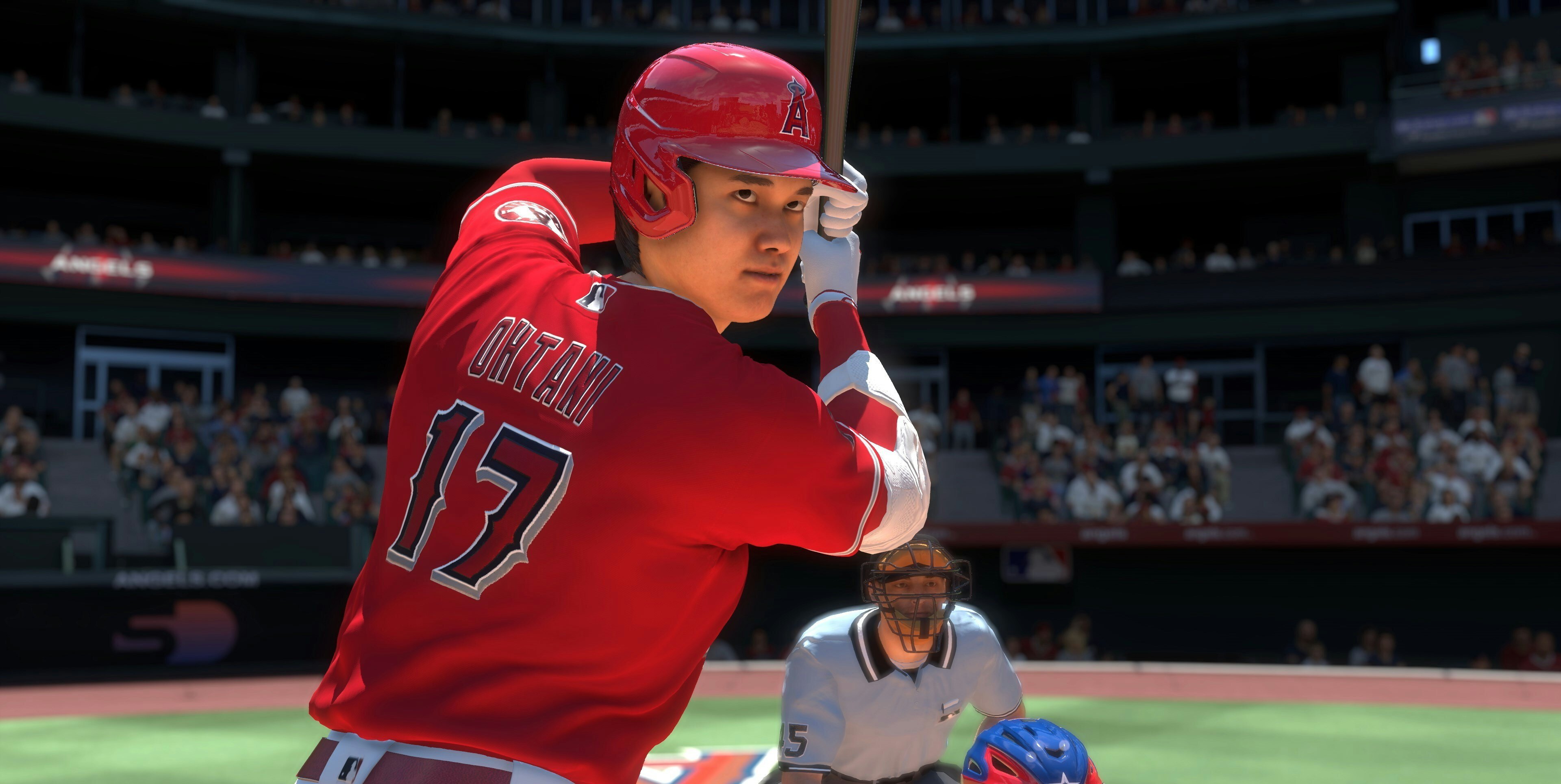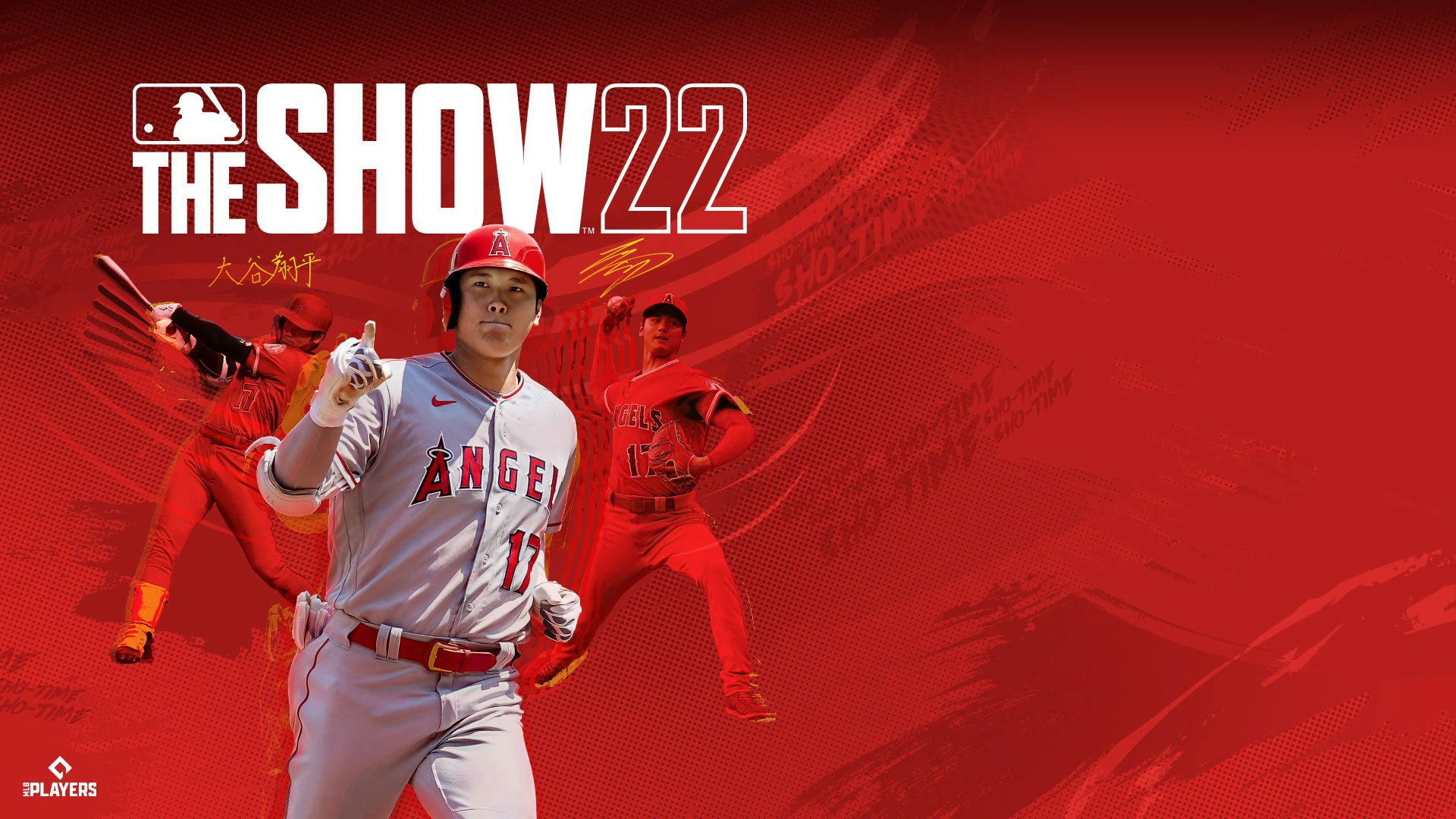
Somehow the Miami Marlins are staying in the game.
They’re on the road and at the bottom of the division while their opponents, the Atlanta Braves, are at the top. The Marlins had managed to tie the game up, 4-4, in the seventh. Their relief was able to hold Atlanta down, despite letting a few runners get to third. But they couldn’t score either, so the game went into the 9th.
As soon as the inning entered double digits, however, their bats came alive. This is baseball, folks!
The hits started coming in from all parts of the lineup. Miguel Rojas, the shortstop stuck at the bottom of the lineup all season, slapped a single up the middle, driving in the runner on second in the 10th. Jorge Solar, playing against his old team, converted another single into a run in the 12th. The Braves answered each time. Going into the 14th inning, the score stood 6-6.

Lead-off hitter Jazz Chisholm, one of baseball’s brightest young stars, was able to get on in the 14th. And then mighty Jesús Aguliar knocked both Chisholm and the automatic runner on second in. 8-6. A helpful graphic in the lower-right corner of the screen noted that the Marlins now had a ninety-one percent chance of winning. Their closer came in for the 14th.
When Marcell Ozuna hit a three-run walk-off home run, MLB The Show’s March to October mode made sure to highlight not only that I “couldn’t do enough late in the game,” earning me three momentum-chilling snowflakes, but a bonus fourth snowflake:
“Walked off in Extras: SPIRIT DRAIN.”
It was a fair ruling, given the gut-punch of the situation. But the entire experience felt like a good metaphor for my time with The Show 22: Fun and immersive, yet unable to seal the deal.
Talk about a Spirit Drain
The annual demands of sports games mean that significant changes come in waves. “March to October,” which simulates much of the season and sends the player out for crucial moments or challenges, was introduced in 2019, and in the years since has refined the experience. There’s nothing groundbreaking about The Show 22, whose biggest changes are cosmetic facelifts and migration onto the new console generation.

If you’re a Switch or Xbox owner who has been waiting for The Show, this is a fine edition. The game looks and mostly sounds like a real game. If somebody was walking by the couch, they could easily think they were passing by a real game. Hitting and pitching remain tough but manageable challenges for the dedicated beginner, a cat-and-mouse game of psychology while having the know-how to really work the plate. The rush of firing a ball from left field into home is as exciting as ever.
The same goes for March to October and the game’s modest attempt at an RPG, dubbed “Road to the Show.” (We are sensing a trend here...) Bringing a player up from the minors is a challenge that can get repetitive but feels like a real accomplishment when seeing their stat sheet. Every hit and every strikeout leads to a real player with recognizable strengths and weaknesses. Littered with mini-games, animations of your player doing tai chi, and video updates from a podcast following your progress, the game wants the player to earnestly invest in a character’s growth.
Yeah, that’s just like last year.
Year in, Year Out
There’s something to be said about not messing with something that’s working just fine. The Show 22 is a familiar product for better and for worse. The ball game is as solid as ever, but the video game entry fails to offer something truly new for PlayStation owners who bought last year’s installment, while its most noticeable change doesn’t really help matters.
I complained about the game’s announcers last year, saying the commentary “could really use some change.” Be careful what you wish for. Jon “Boog” Sciambi and Chris Singleton take up the mics this year, and it is a significant downgrade. Repeated lines are constantly repeated, and the two regularly parrot out the same comments over and over that don’t always match up with gameplay. A “closer” would not be thrilled to “get out of a tight jam” where they give up a one-run lead in the ninth inning, for example. They might be happy to staunch the bleeding, but also pretty pissed off at the blown save.
It makes you wonder how many real baseball fans were involved in this area of the game.
Over in the real world, baseball remains a weird and wonderful sport, an archaic relic of the 19th century where cover star Shohei Ohtani still finds ways to astonish. The current season has been an exciting one, with Tim Anderson silencing Yankee Stadium with a home run and highly-touted rookie Adley Rutschman getting a triple on his first hit, giving fans of the lowly Orioles a sense of hope. MLB The Show 22 remains a good replica of the sport these people play.
Hopefully, future editions can channel the electricity of the baseball players themselves.
6/10
MLB The Show 22 is now available across all major platforms. Inverse reviewed the PlayStation 5 version.
INVERSE VIDEO GAME REVIEW ETHOS: Every Inverse video game review answers two questions: Is this game worth your time? Are you getting what you pay for? We have no tolerance for endless fetch quests, clunky mechanics, or bugs that dilute the experience. We care deeply about a game’s design, world-building, character arcs, and storytelling come together. Inverse will never punch down, but we aren’t afraid to punch up. We love magic and science-fiction in equal measure, and as much as we love experiencing rich stories and worlds through games, we won’t ignore the real-world context in which those games are made.







